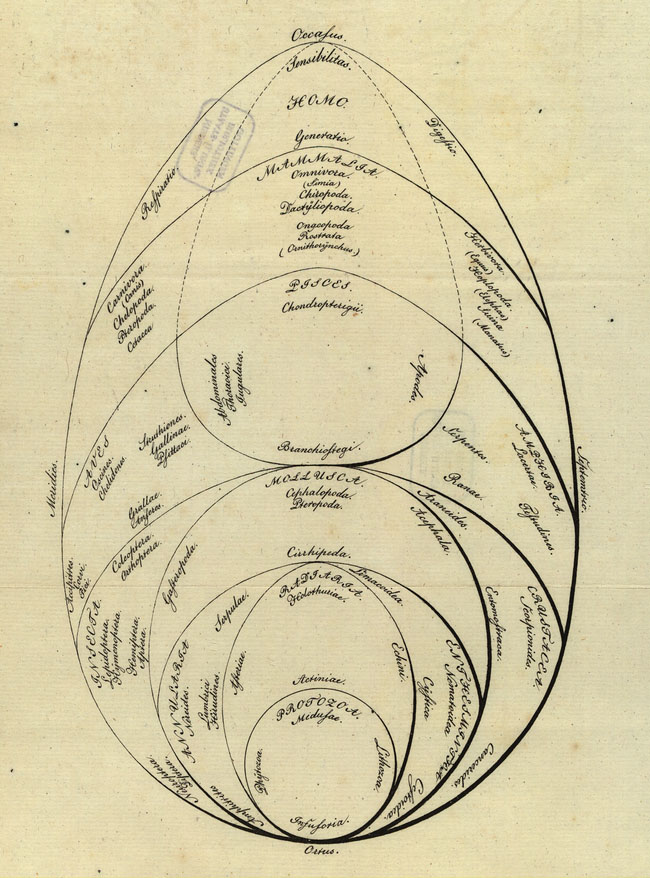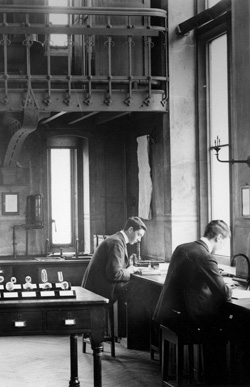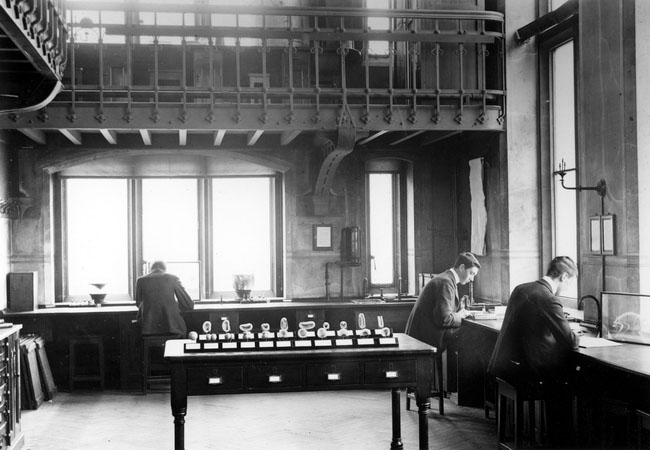The Romantic gestation of nature. ‘[W]hoever could write the history of his own life from its very ground, would thereby have grasped in a brief conspectus the history of the universe’, wrote the German nature philosopher Friedrich Schelling in 1811. Around 1800, Romantic writers replaced the mechanistic world-view of the Enlightenment, which they saw as coldly analytical, with a vision of nature as an immense animal. Embryonic development had been an anomaly in a mechanistic universe, but the metaphor of generation now promised to unite history and biology in a world pregnant with series after ascending series of forms. This was controversial, but combined with a growing commitment to empirical research, Romanticism inspired important embryological work.
Early nineteenth-century microscopists analysed embryos into elements, while students and the general public learned to see the images that were increasingly widely distributed in and around the universities.
In the early 1800s, German anatomists and physiologists completed the great transformation of the age of revolutions. Romanticism inspired linked histories of the Earth, of plant and animal species, and of embryos. Studying development was expected to reveal how complex structures arise from simple elements. Following the development of adult structures made them easier to understand and classify. Soemmerring had shown external human forms. Microscopists now analysed the internal development of more accessible animals. They laid the foundations of modern embryology.
By mid-century embryology was established in university courses dedicated to human development. With little or no biology in school, students often saw human embryos for the first time in class. The professors used visual aids to show them how to see these new objects’ complex transformations. Embryos were initially little known beyond the institutes, but popular shows, state museums and advice books promoted lay interest in human origins and the relations between the different groups.





